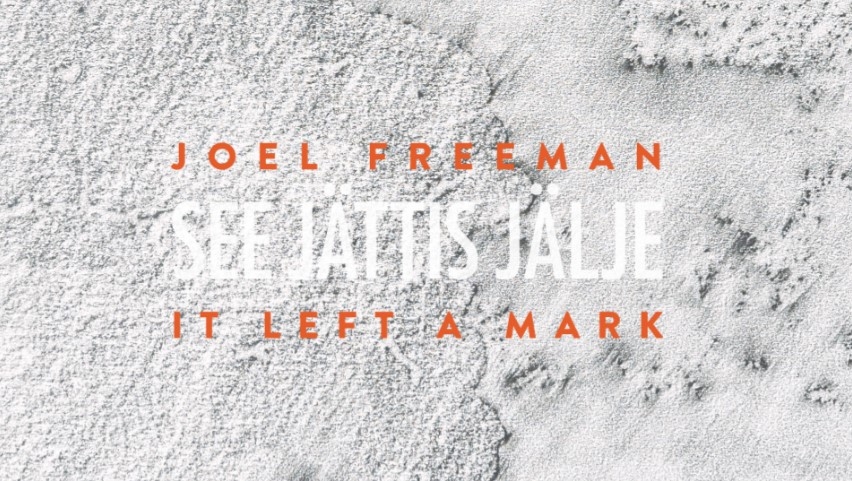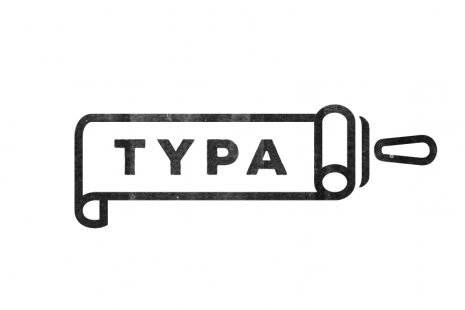It struck me, as my attention was drawn to concrete fence posts, granite monuments, and brick exteriors, that these landmarks oriented me not only in terms of space but also in terms of time. In some instances these markers of time are an explicit feature built into the structure (the many monuments and memorials around Tartu which bare dates carved in stone); in others, they are gestures of time itself (the exteriors of Tartu’s brick churches, be they crumbling, preserved, or in the active process of restoration). And so I made graphite rubbings, translating these marked surfaces into marks of my own – tracing something of their histories in the time it took to press my pencil across the surface of a sheet of paper.
Letterpress printing has much to do with surfaces. Each piece of its technology serves a function in the process by which a raised form is made and arranged, its surface applied with ink, and shape transferred onto paper. TYPA’s collection houses a range of 19th and 20th century letterpress equipment and machinery – a timeline of technological improvements on the efficiency by which a surface can be repeatedly duplicated. And so I made a book, working paper against raised letterforms to impress on its pages the record of the time.
Processes of duplication are at the center of the “It left a mark”. Whether it is through speed or slowness, faithfulness or inaccuracy, these projects render something of what was present.





